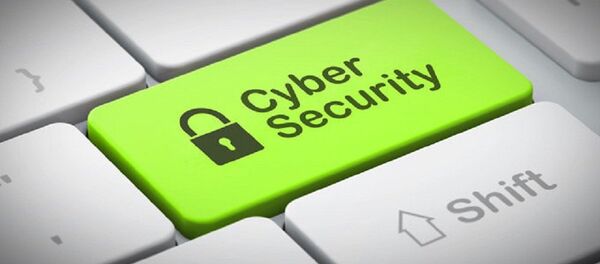“Although we have addressed this particular incident [in October] we are mindful of the fact that networks at the White House will continue to be a target. We are going to continue to monitor our networks for additional activity of concern,” Earnest said on Friday.
Earnest declined to comment on whether malicious software was still in the White House computer network, noting “we have restored the vast majority of services that we took offline during mitigation efforts.”
Many experts have predicted a siege on healthcare data http://t.co/nVdaG41WKY pic.twitter.com/3ZjlhW6rtn
— Edifecs (@edifecs) February 20, 2015
The US State Department is still struggling to rid its networks of malicious software after its unclassified e-mail system was breached last November, The Wall Street Journal reported on Friday. The State Department has not pointed any fingers at those responsible for the hack, but five people familiar with the attack suggested it was carried out by Russian hackers, the publication said.
#Banking Bosses Say Cyber Attack Among Biggest Fears http://t.co/sJ7LsJ5GeL #security #privacy pic.twitter.com/Ba0dyBFHUH
— Quantum eDiscovery (@QeDiscovery) February 17, 2015
The revelation that the State Department has failed to weed out hackers from its networks comes a week after US President Barack Obama signed an executive order to promote cybersecurity data sharing between the government and the private sector.
Cyberattacks have grown increasingly commonplace in public and private institutions across the United States. In 2014, the White House, State Department, the US Central Command, JP Morgan and Sony Pictures Entertainment, among others, fell victim to cyberattacks.



